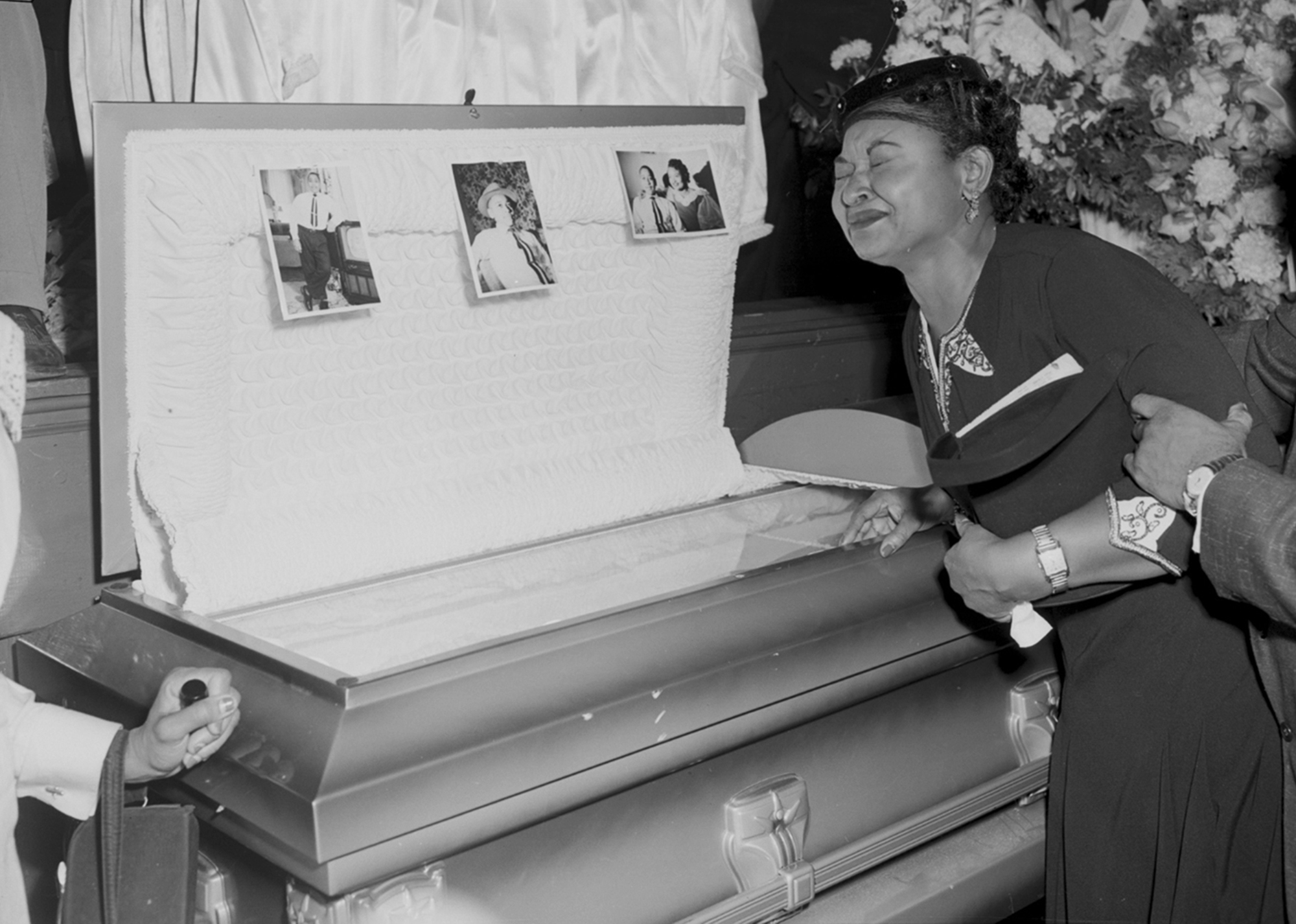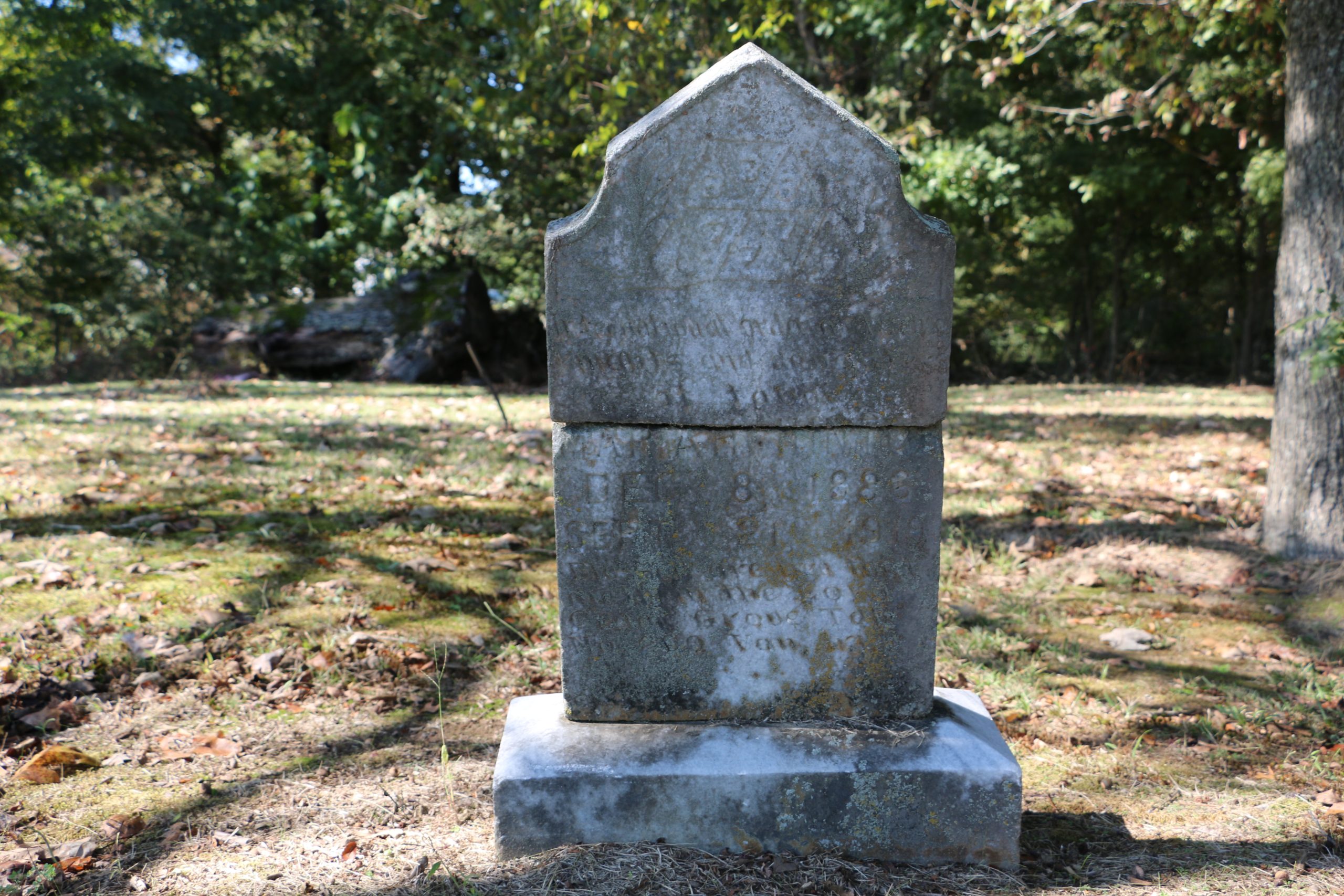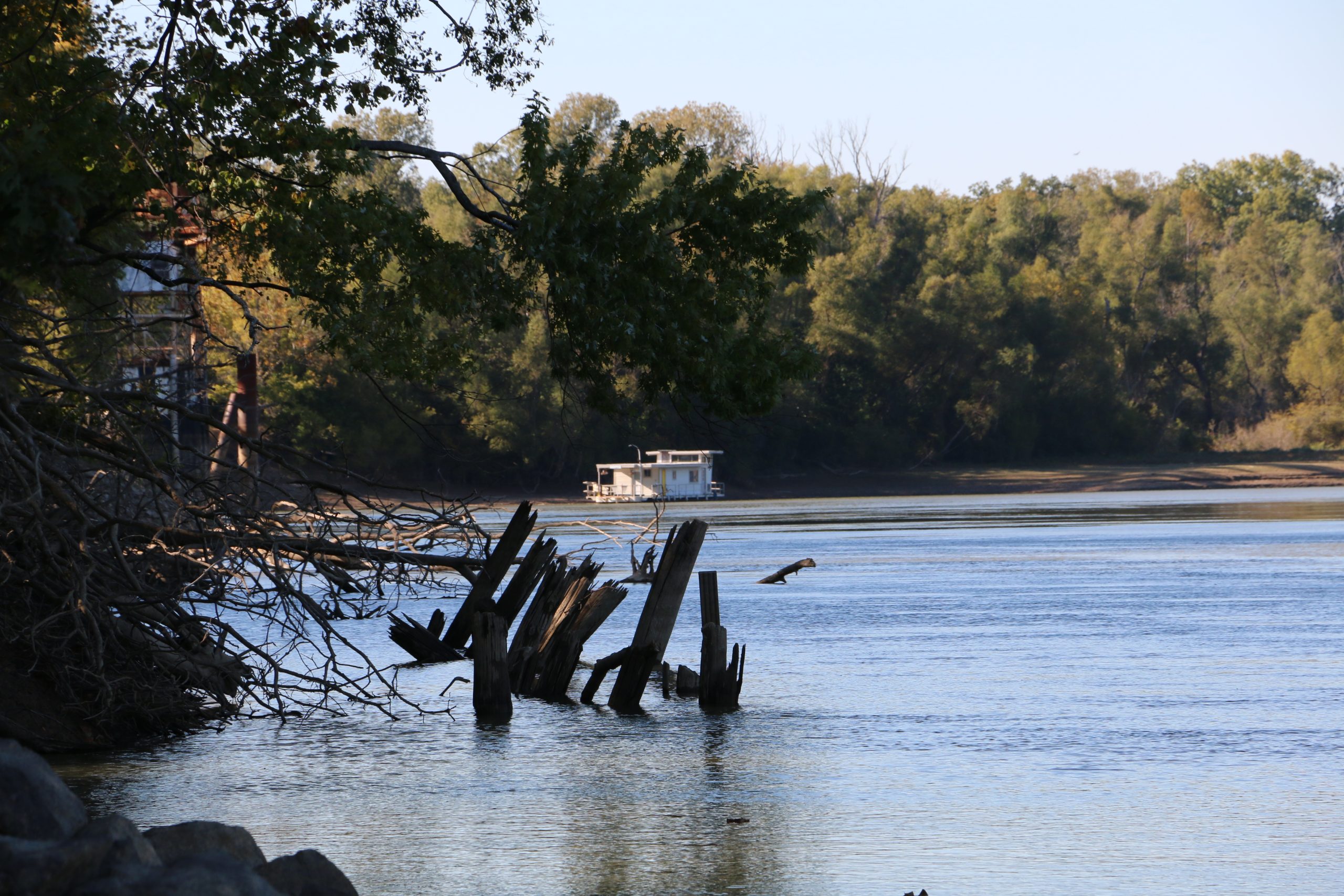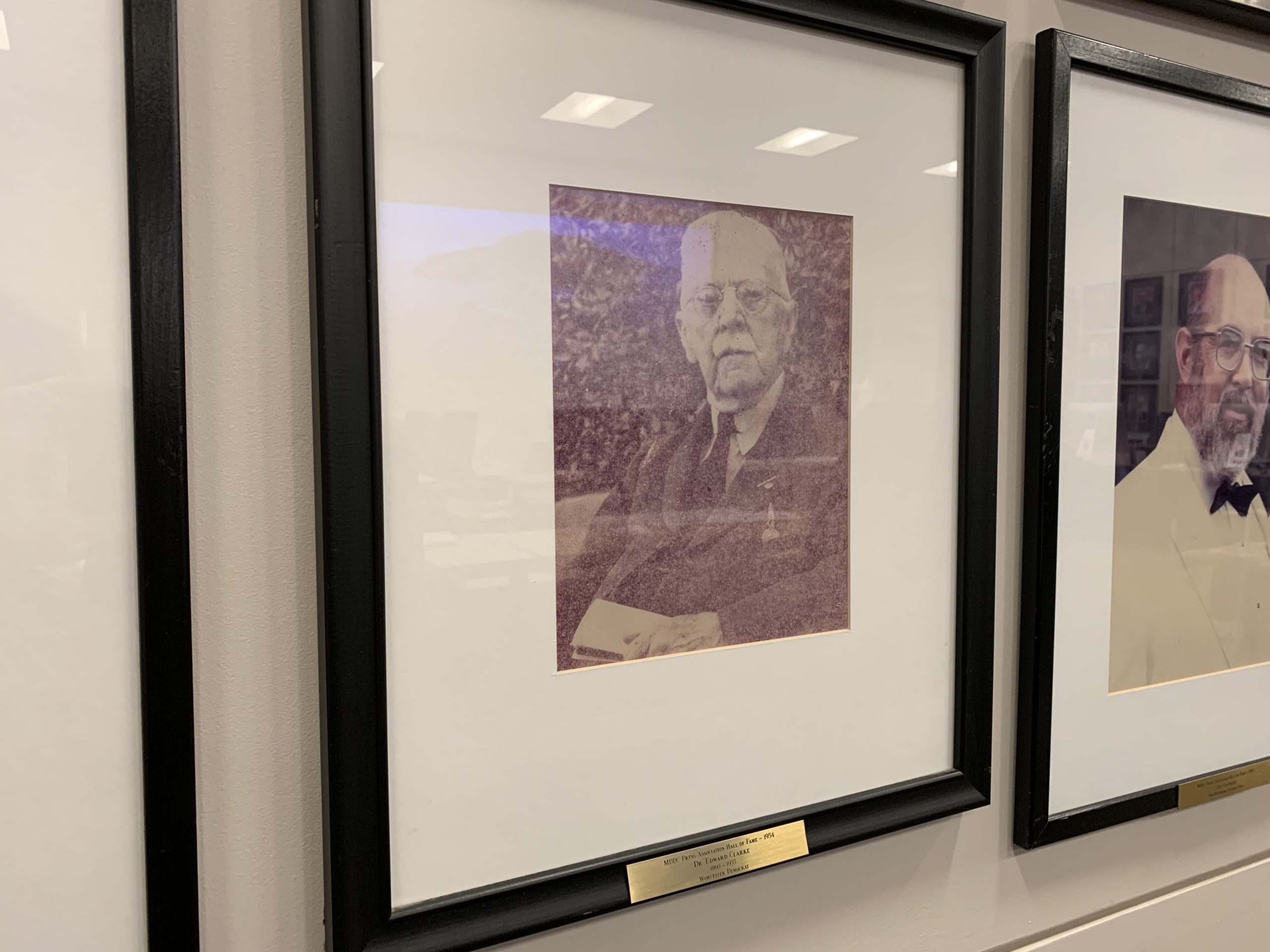A white-owned Mississippi newspaper justified the 1907 lynching of Henry Sykes, a Black man who was hanged by a mob, writing: “When there is no law to reach the offender…the…
Read More

On July 27, 1935, The Chicago Defender, the nation’s most influential Black weekly newspaper, published a front-page photograph of Bert Moore and Dooley Morton’s bodies hanging from an oak tree…
Read More
During the late 19th and early 20th century, thousands of photographs and postcards of Black Americans killed by white mobs in racist terror lynchings were collected, traded and sent through…
Read More
On the night of July 25, 1946, outside of Monroe, Georgia, a mob of white men linked to the Ku Klux Klan murdered Black sharecroppers George Dorsey, Mae Murray Dorsey,…
Read More

As with other Southern states, the history of Arkansas is replete with examples of lynching. Author Guy Lancaster recorded 365 lynching incidents in the state from 1836 to 1936, a…
Read More

In March 1904, three men — two Black, one white — gathered on a houseboat on the White River in Arkansas, a tributary to the Mississippi, for an evening of…
Read More

COLLEGE PARK, Md. — It began with questions about why almost all the faces on the wall of honor in the journalism building at the University of Maryland’s flagship campus…
Read More
The long, gruesome history of lynchings in the U.S. is usually understood through the deaths of Black Americans, who for centuries fell victim to extralegal violence.
Read More

